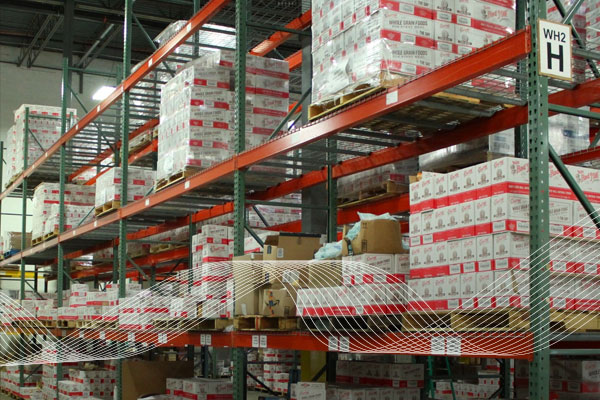Most chemicals distributors and manufacturers have been behind the curve in two key commercial areas:
- eCommerce capabilities
- Ability to increase prices
But those negative trends are beginning to change, both by choice and by force. Wise companies have put concrete plans in place to bolster their online presence and adopt pricing tools that set them up for successful top- and bottom-line growth. Others are facing a harsh reality: either modernize your pricing strategy and diversify your routes to market ... or fall fast.
We’ll examine these two change agents and share some best practices from chemicals industry leaders in this post.
While traditionally the industry has been a late digital adopter, we now have hard evidence that eCommerce sales have been on a growth trajectory in recent years. As much of the global workforce has moved to remote work due to COVID-19, we expect the growth rate in 2021 to climb even higher.
But, as Digital Commerce 360 points out: while $27.8 billion in online sales projected for 2020 is a healthy indicator, “with worldwide chemical industry sales of $4.1 trillion, however, there is plenty of room for the industry to grow online.”
A certain level of eCommerce growth seems inevitable, so how does a traditional chemicals distributor or manufacturer ensure that growth is profitable? How can they retain and grow their customer base in the competitive world of B2B eCommerce? The answer: by delivering an exceptional customer-focused experience.
In a recent survey of chemicals end customers, Deloitte discovered the following:
- 94% of customers expect self-serve research online before purchasing
- 85% will pay more for guaranteed superior service
- 80% want assistance from line-of-business experts
- 70% say their buying decisions are influenced by the seller’s personal treatment
It’s clear that selling more online will not mean a reduced role for your sales team. Instead, those that will lead the online charge are the ones that place a premium on service, delivered by sales reps and intuitive digital tools.
We’ve found that an often overlooked, but highly impactful, piece of the digital customer experience puzzle is rational, real-time pricing, accompanied by self-service intelligent automated negotiation. Buyers have options online and expect immediacy and accuracy in the quotes they receive, or they will quickly move on to your competition.
Better Pricing is the Key to Growth in the Chemicals Industry
According to a 2018 Bain survey, only 2% of chemicals companies believe they consistently set the right prices and just 4% regularly increase prices. As industry expert Dr. Steve Laborda recently told us, “Not much has changed on this front since the Bain report came out.” This is creating an untenable situation; especially as unpredictable cost increases and supply chain disruption due to COVID-19 has eroded margins.
“In the years ahead, chemical executives will need to develop their pricing muscles again, just to hold onto margins and market share,” writes Forbes.
From our experience working with leaders in the chemicals industry, we couldn’t agree more. Whether you’re a manufacturer battling the constant administrative headache of formula pricing or a distributor offering tens of thousands of SKUs to thousands of customers, it’s become apparent that manual, cost-plus and gut-feel pricing are woefully inadequate tactics.
Read More: Dynamic Formula Pricing in Specialty Chemicals Manufacturing
While raw material costs remained relatively low for a time, many have risen sharply in recent years and have fluctuated unpredictably in a turbulent 2020. Costs are more prone to volatile swings than ever before, which means it’s incumbent on pricing teams to work smarter, faster and more comprehensively to adjust pricing accordingly as costs swing.
Additionally, as eCommerce sales grow in the industry, another layer of pricing complexity is being introduced. How do you set online prices that make sense when compared to your traditional offline prices? How do you quickly update prices online and ensure each website visitor sees the right price for their customer segment? Chemicals businesses must get out in front of the issue by implementing an omnichannel pricing strategy. The only way to get it done in an environment of rapid change, increasing cost inputs and raised customer expectations is with data science-driven pricing tools.
Based on benchmark data, the average B2B company is losing up to 6.6% of profit each year due to inconsistent pricing and up to 6.8% profit because of misaligned market pricing. Price optimization and management software has proven to reverse these trends by determining the optimal price for every selling circumstance in the market and automatically updating and delivering prices in real-time to each sales channel. The powerful combination of data science and automation makes self-service negotiation and real-time market pricing for eCommerce a reality.



